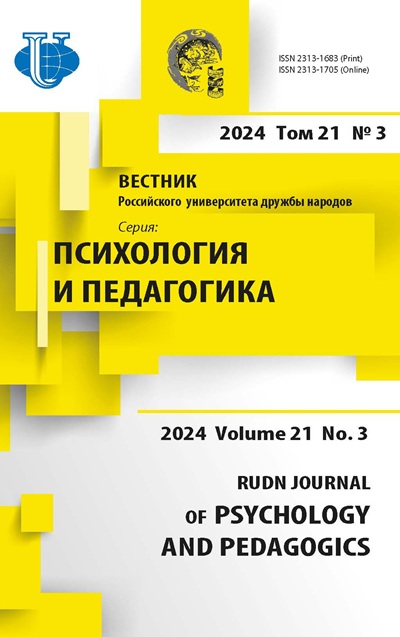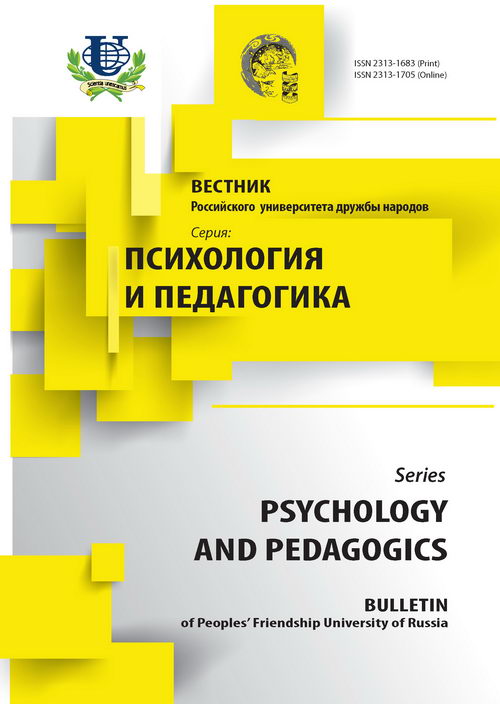Abstract
The article considers the problem of using methods of psychosemantics for the examination of value- semantic sphere of adolescents who are prone to drug-addicted behavior. As a diagnostic tool for this task there was used the psychosemantic approach which gives the opportunity to uncover the subjective picture of the world of the teenager, a member of the risk group, his verbal and graphical constructs.At the first stage of the study, with the help of the proprietary methodology of working scales (motivational- need sphere, emotionally-conative sphere, the sphere of normative and behavioral regulation, the scale of the social risks, value-semantic sphere) the personal profiles of adolescents are prone to drug-addicted behavior were identified and described. As part of the description of the personality profiles, the peculiarities of the drug-addicted behavior were also disclosed.The psychosemantic approach applied at the second stage of the empirical research, with the help of the modified role list given to the respondents, allowed to make and characterize the resulting model maps of the subjective semantic space of the teenagers at risk. The above mentioned model maps reflect the subjective value-semantic sphere, the existing correlation between the formed socially approved and also risk-taking role positions, and the internal picture of the world of the adolescents prone to drug-addicted behavior. The study results give the opportunity to improve the preventive and remedial work with adolescents, prone to drug-addicted behavior in the educational environment
















